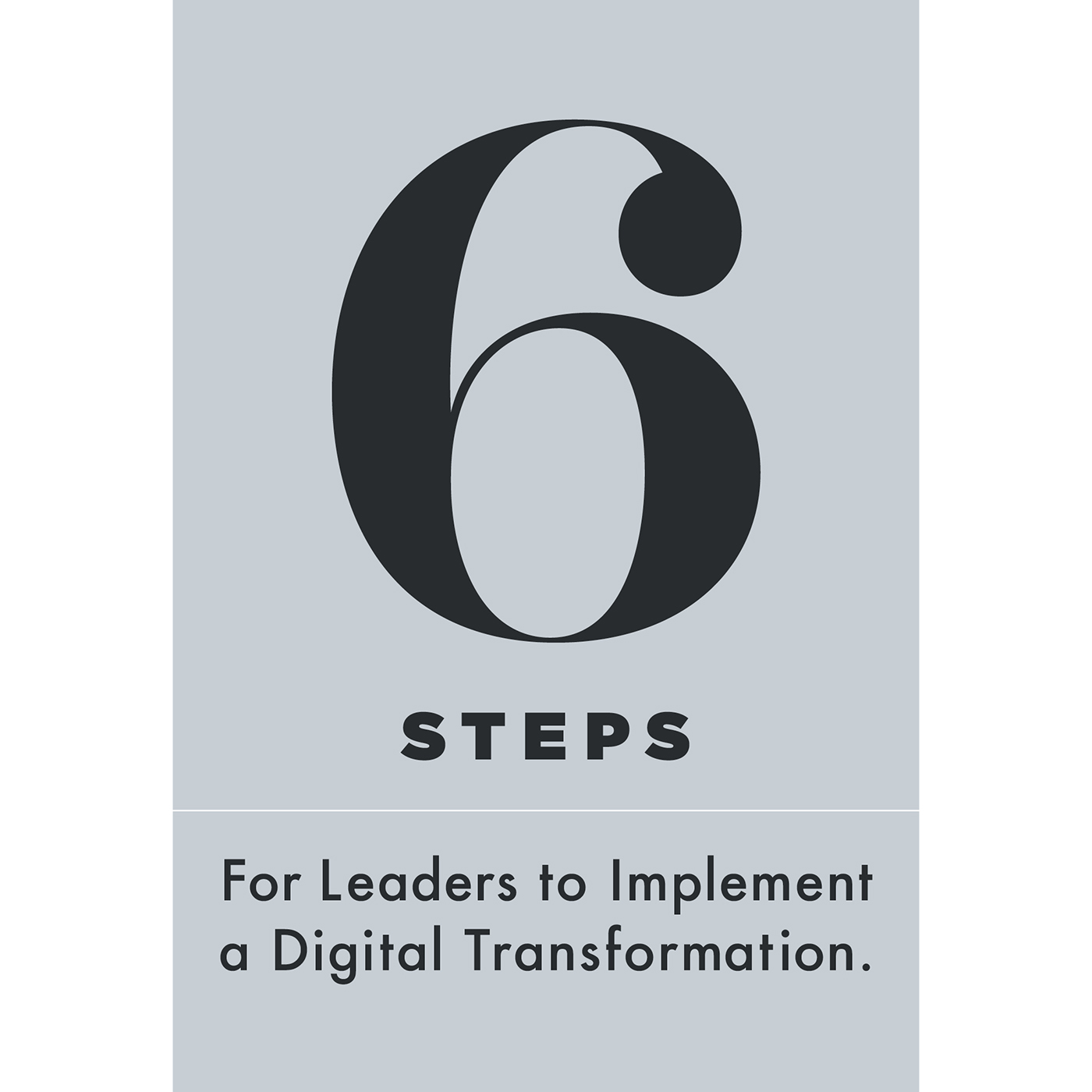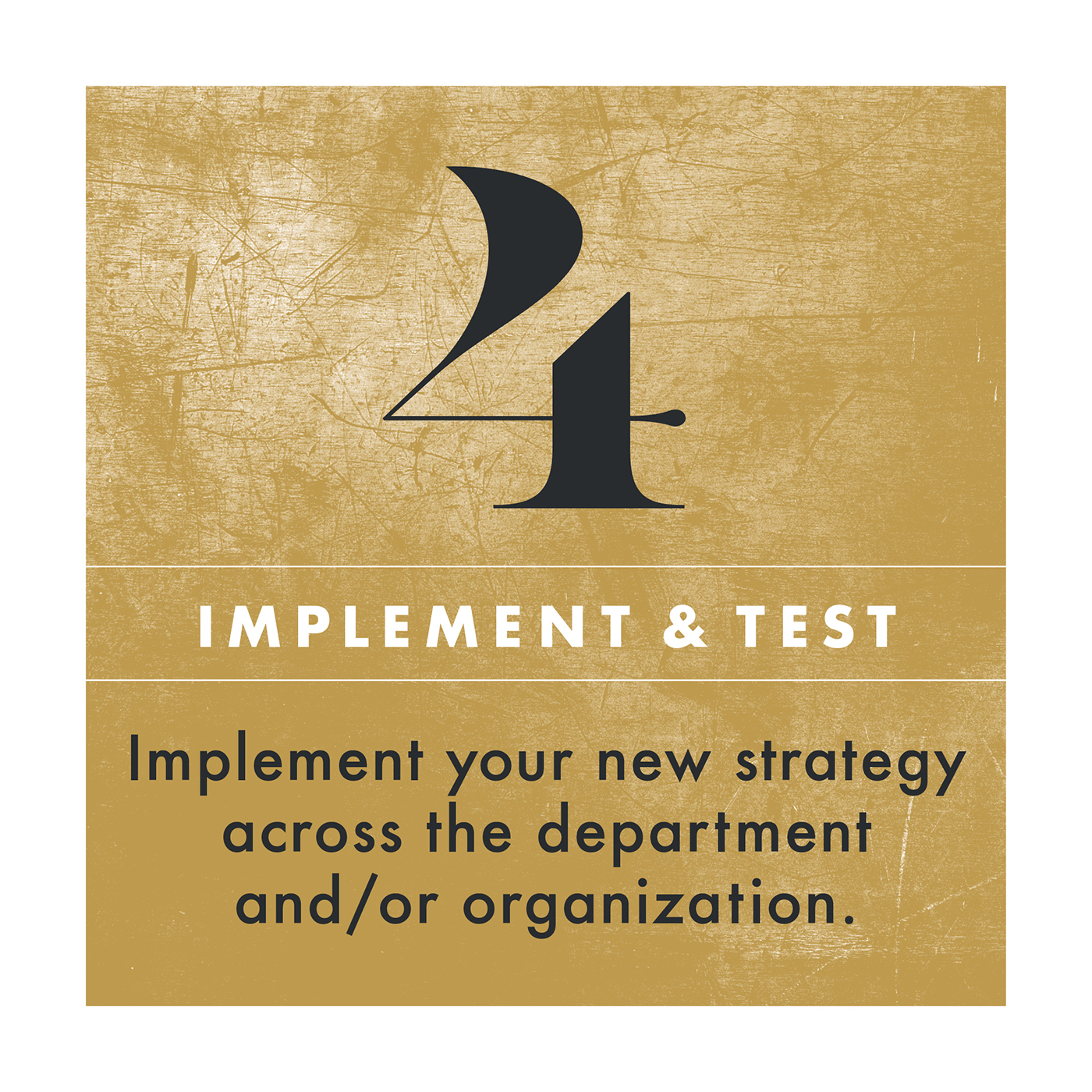It’s November 2020 and COVID-19 has pushed consumers to a state of prioritizing safety, transparency and convenience as they purchase products for everyday life and for the upcoming holiday season. The time is now —more than ever before— for c-suite executives to act to embrace a digital transformation, both internally and customer-facing. Chief Marketing Officers (CMOs) need to couple data and analytics with creative fire power to bring their brands to life in order to support these efforts.
With consumers focused on the health and safety of themselves (and others), digital options for purchasing groceries, entertainment, clothing, medicine, and just about everything else have exploded. So much so that there are embedded tools on Google, Facebook, Yelp, etc. to help retailers indicate that they are open for pickup, curbside pickup, and/or delivery. These tools also make it easy for businesses to indicate that safety precautions (like wearing facemasks) are communicated to customers prior to even entering (or not entering) a business.
Leadership teams across the country must implement systems that prioritize, collect and analyze data to make informed decisions as they adapt to a “new normal.” Gone are the days of relying solely on brick & mortar as a sales medium. Having digital tools (website, social media, email, etc.) optimized for attracting, capturing, nurturing, converting and retaining customers is paramount to the success of organizations in a current and post-COVID economy.
Six Steps to Embrace a Digital Transformation
Here are 6 initial steps that leadership teams can take to embrace a digital transformation:
- Understand
- Accept
- Surround
- Implement & Test
- Use the Data
- Don’t Stand Still


Understand
Understand your marketing & sales processes by heart. Understand the strengths and weaknesses of these current processes. Put yourself in the shoes of the customer at different stages within the customer journey. What’s working well? What needs to be refined?

Accept
Accept that some processes may need to be reworked, if not completely scratched and redone. The inability (or worse — the unwillingness) to change is what leads to the downfall of brands. Once the leadership team accepts that change must occur to remain competitive, develop a strategy for implementing new processes within the department and/or across the organization.

Surround
Surround yourself with experts to get the most out of your team, resources and budget. Develop team-orientated goals that can be achieved using the simple S.M.A.R.T. method.

Implement & Test
Implement your new strategy across the department and/or organization. Test the way in which data is captured, stored and utilized. Refine and test again until the system is compliant for the team to accurately measure, store and report data.

Use the data
Once data is accurately measured, stored and reported, empower your team to develop strategies that put the data to work. Use the data to drive business decisions, refine the customer and user experiences and achieve your goals across the organization.

Don’t stand still
With a new strategy, the development and implementation of new processes across the organization is completed.
So, now what?
Leaders cannot stand still and let new technologies —and competitors— pass them by. Always be on the lookout for emerging technology, consumer trends, and economic indicators (good or bad) that your organization can capitalize on.
To learn more about embracing digital tools for retail, read our Top 5 Takeaways from the Google Think Retail on Air Series from earlier this year. Not in retail? These Top 5 Takeaways apply to your business, too.









